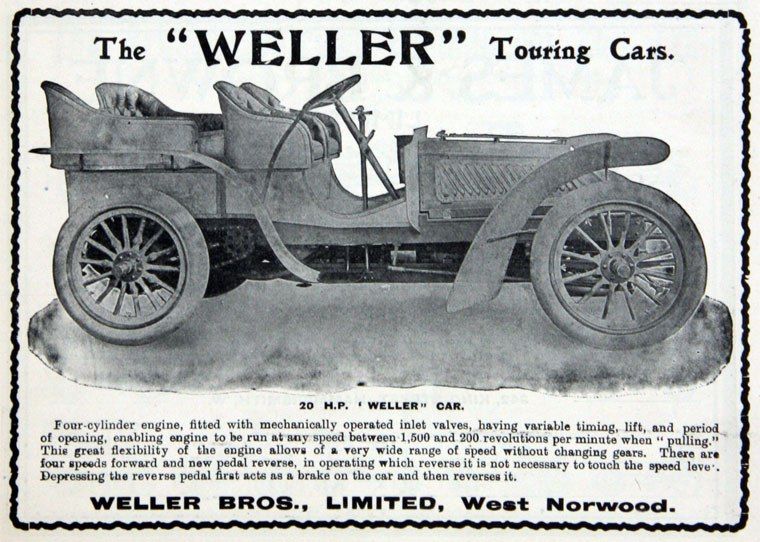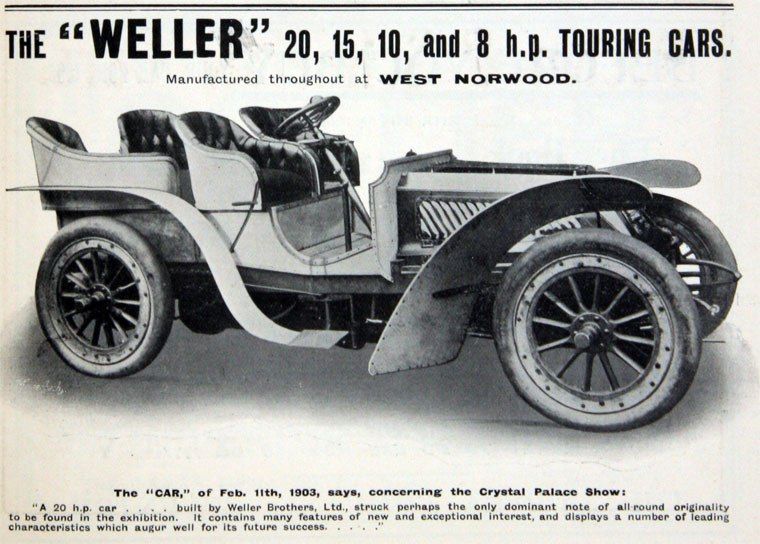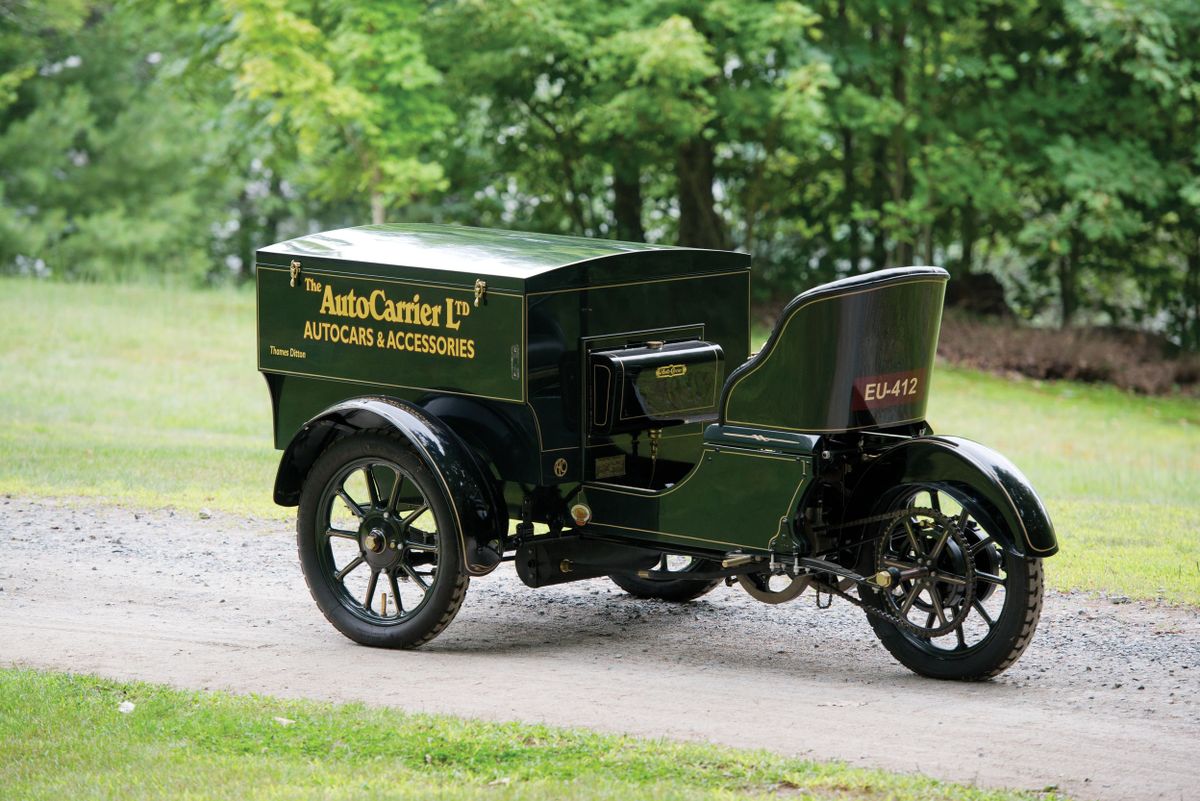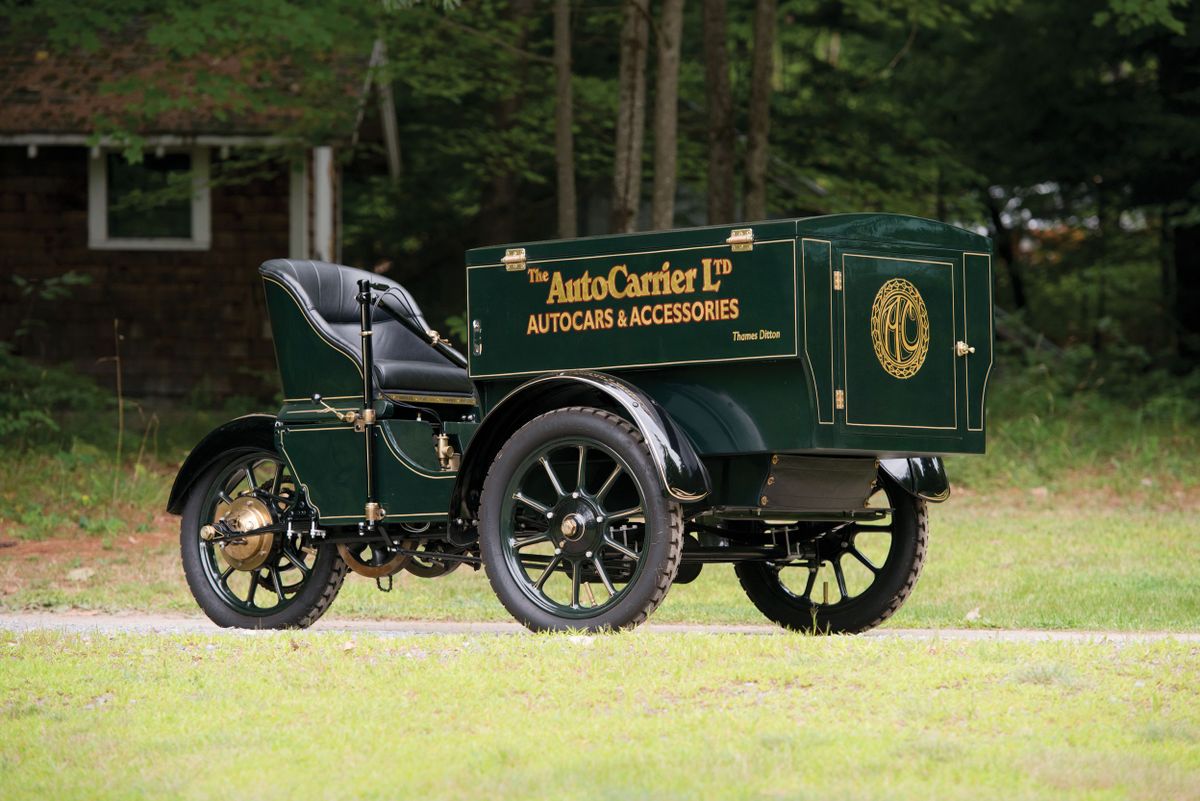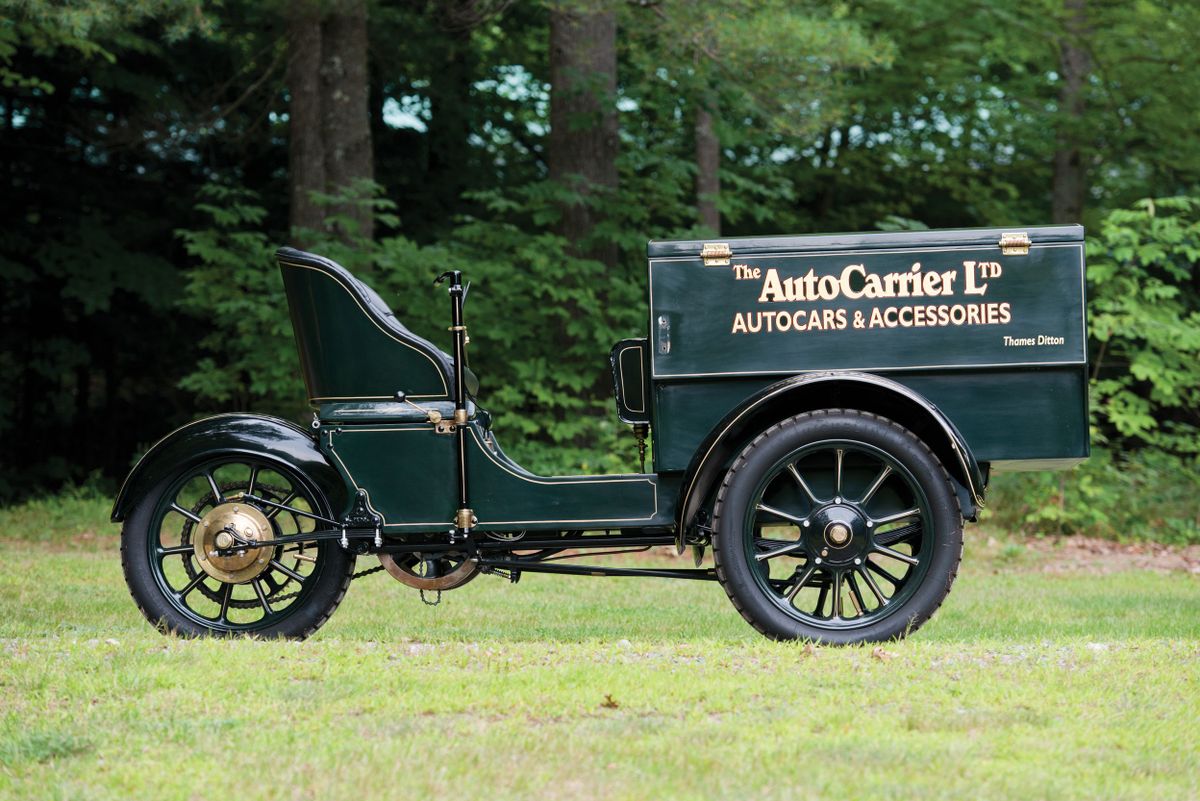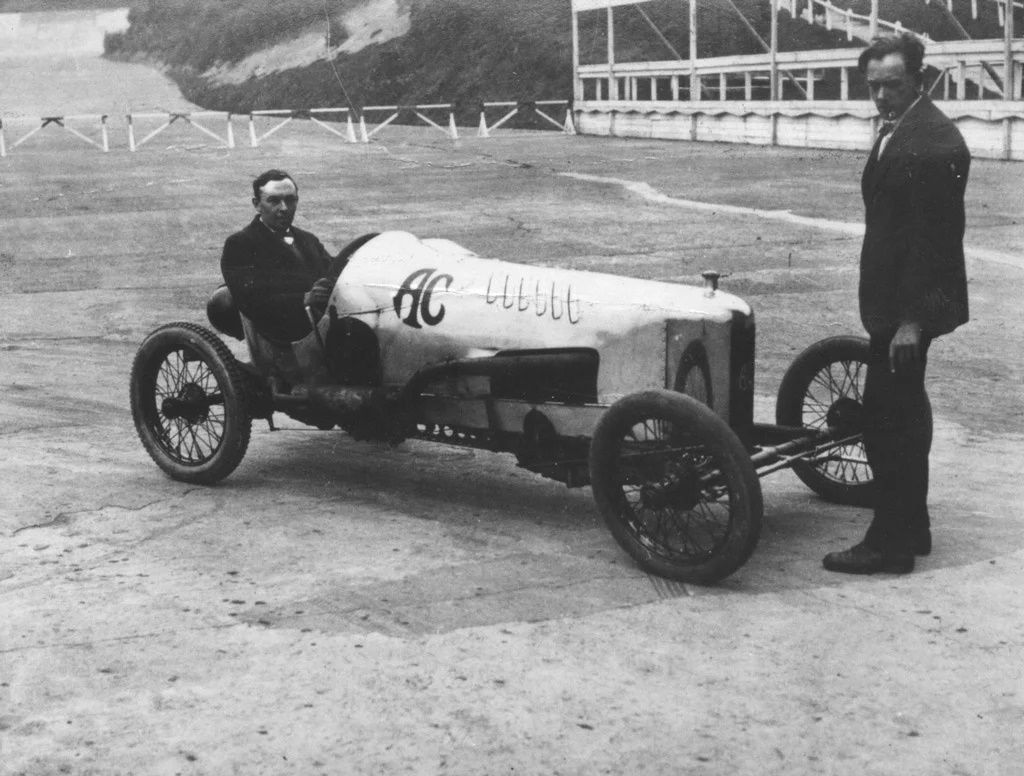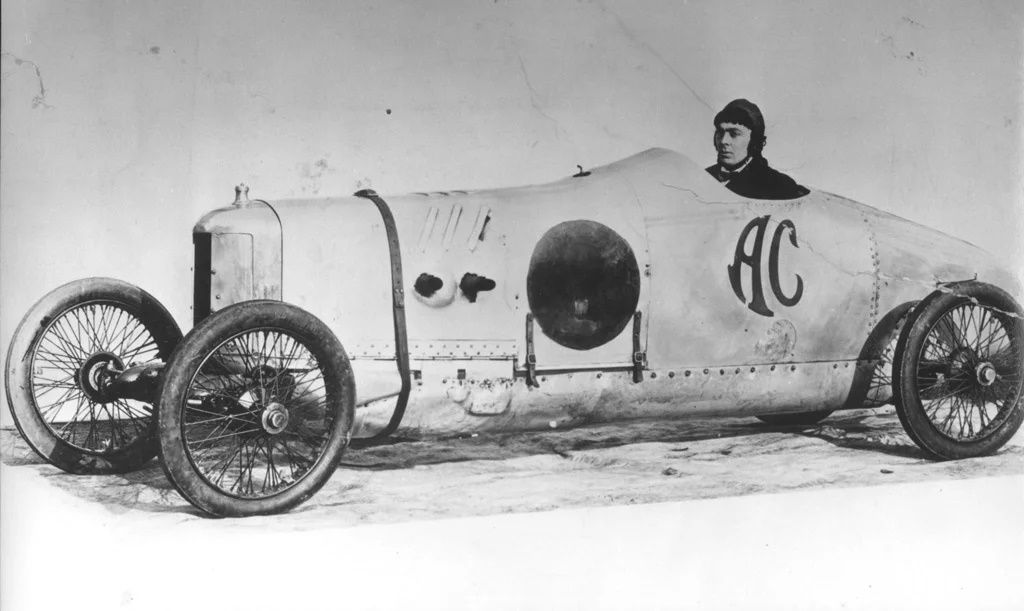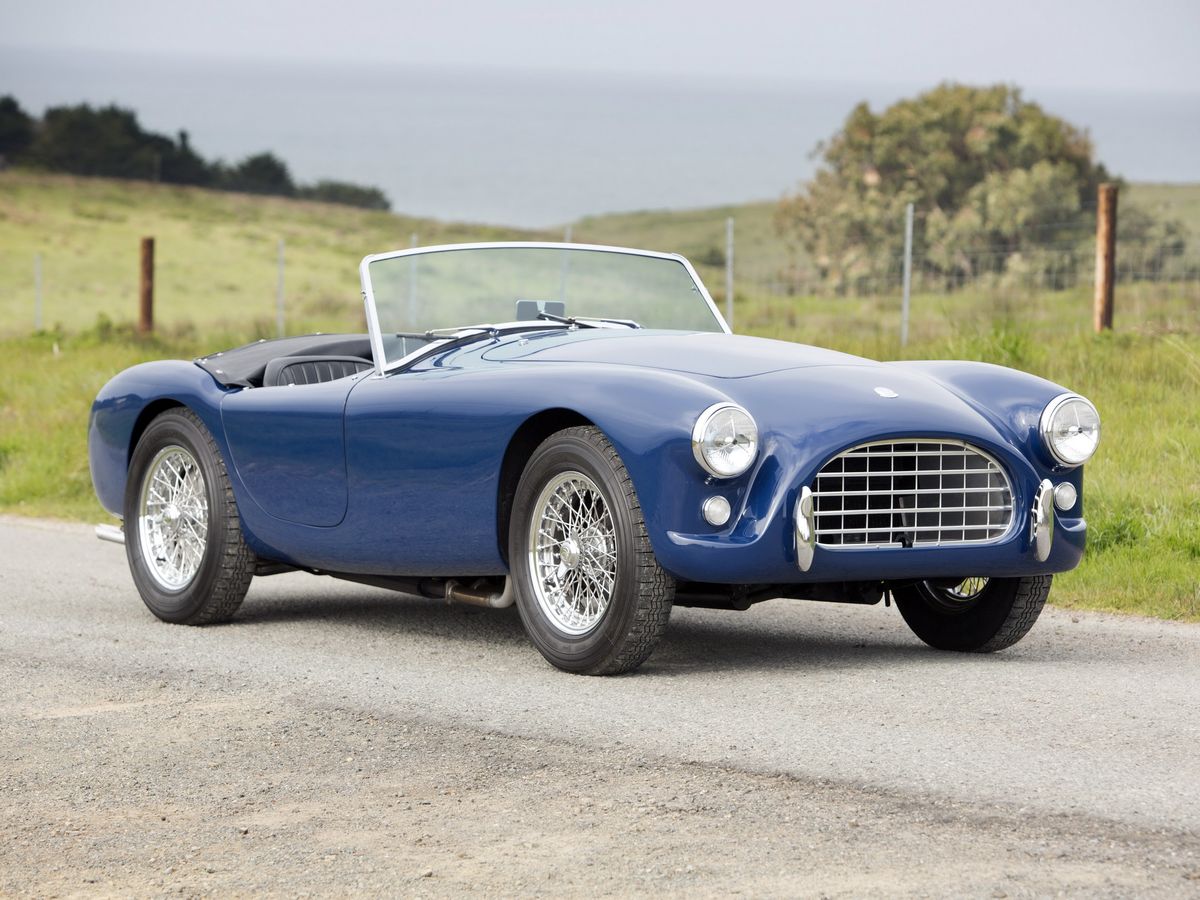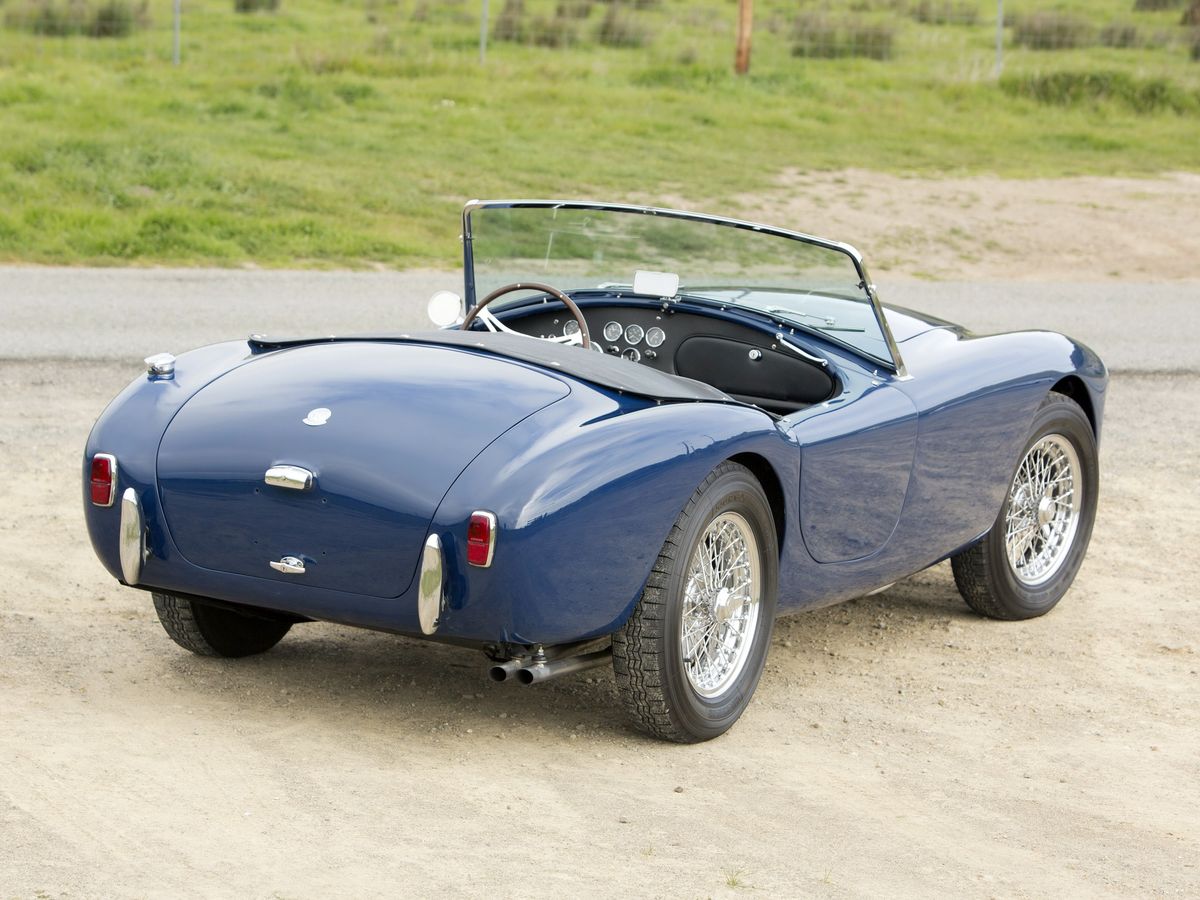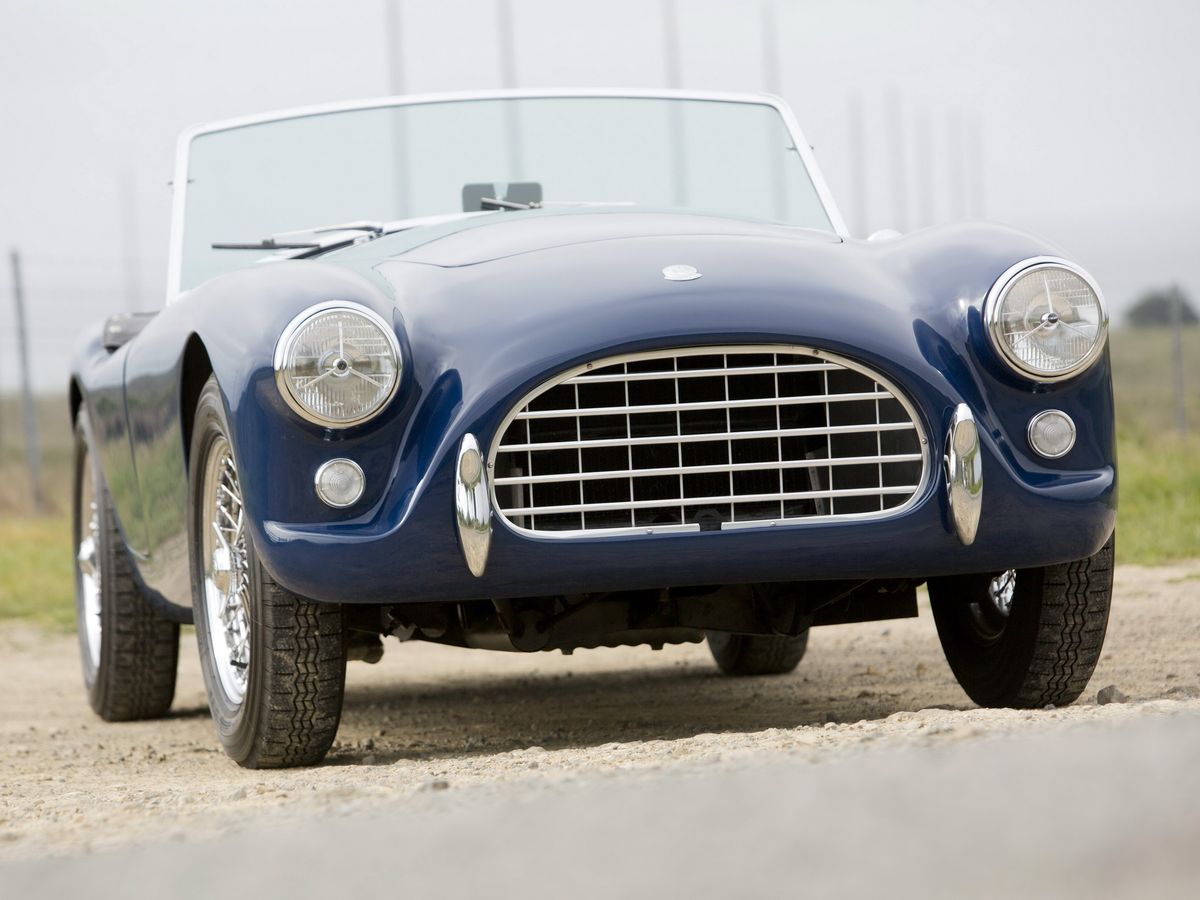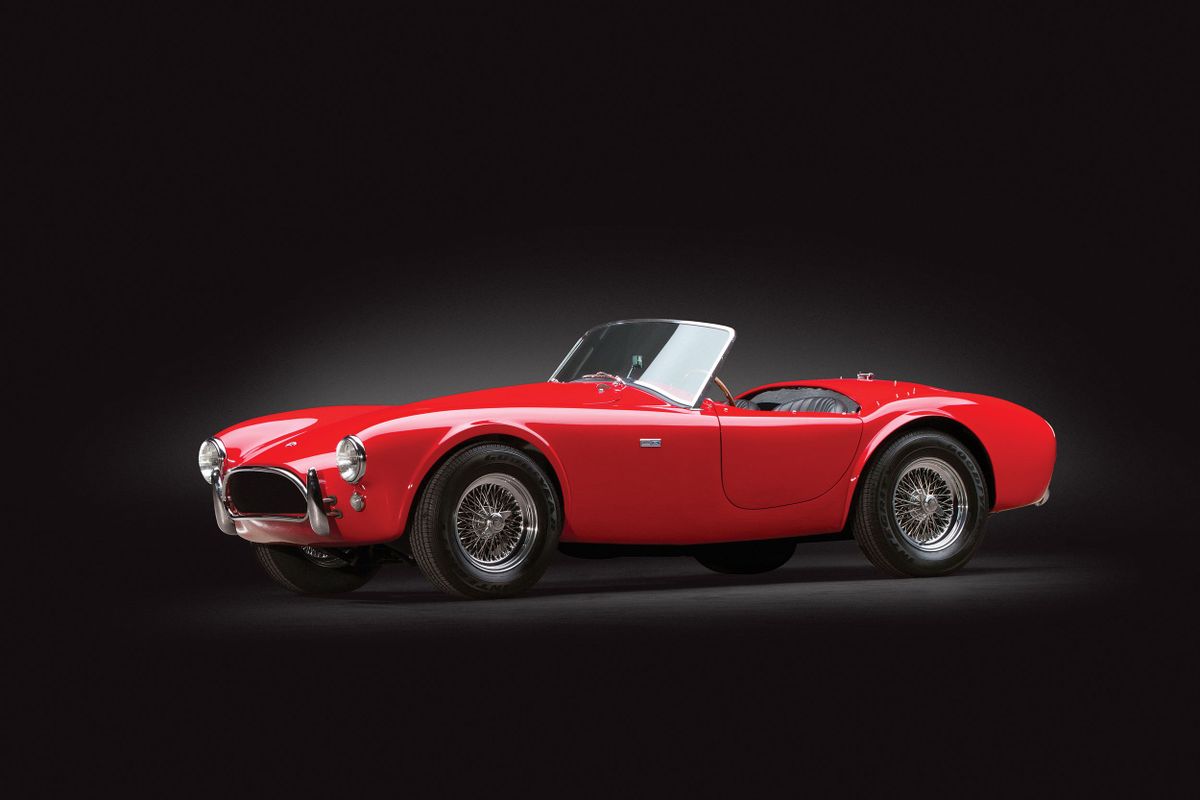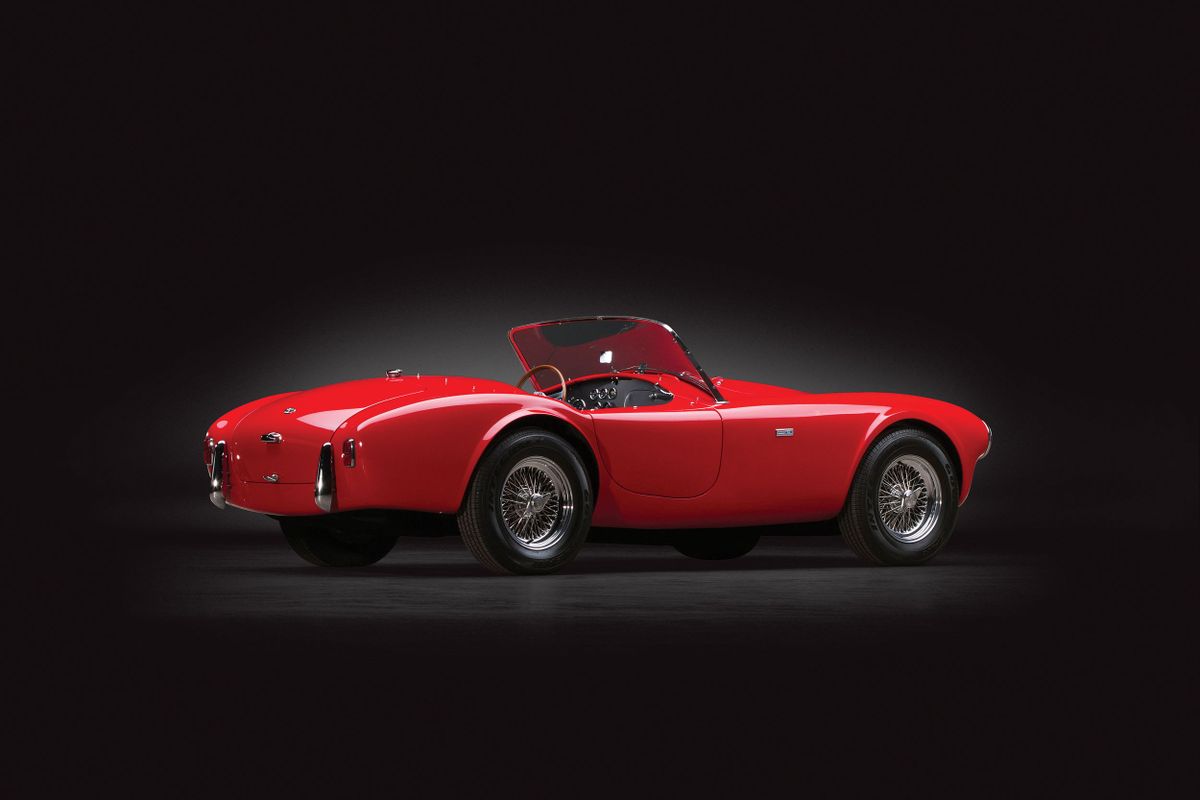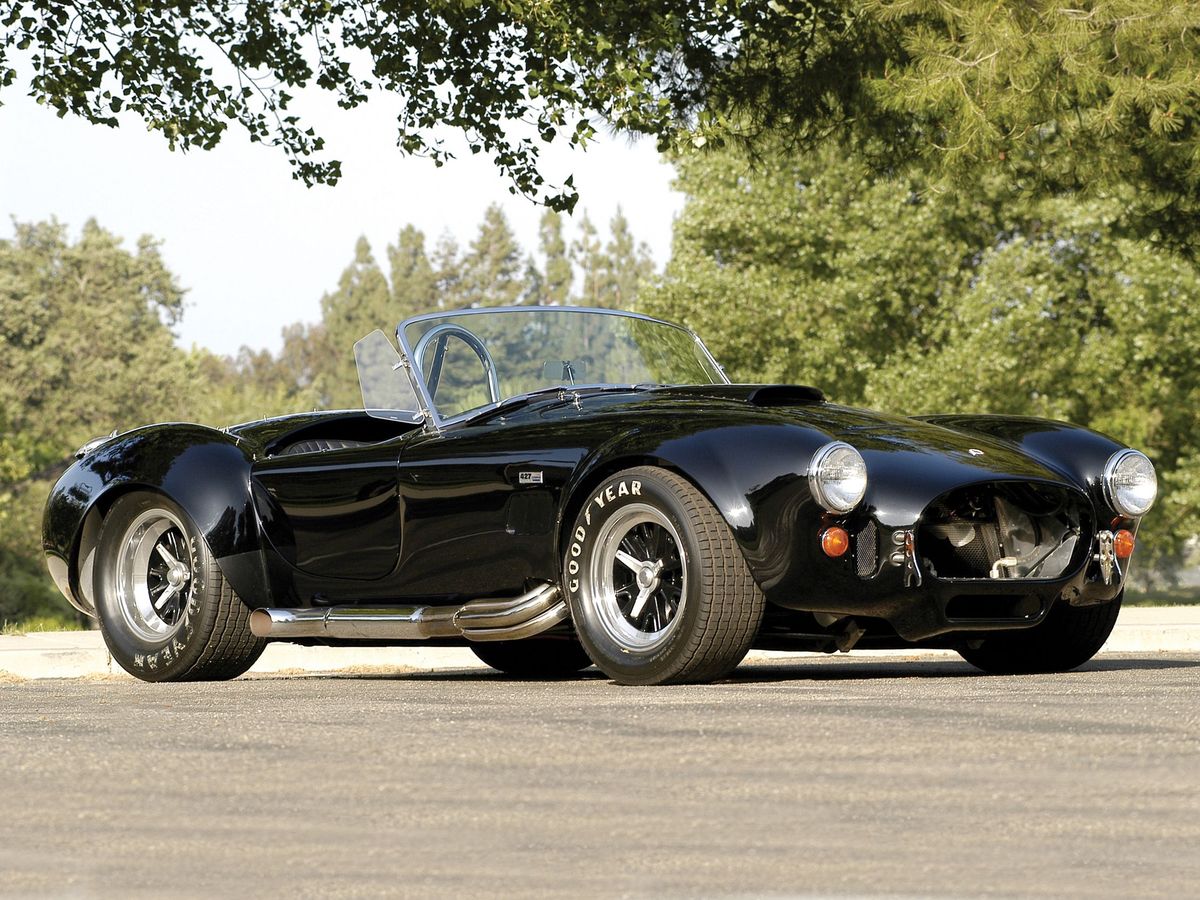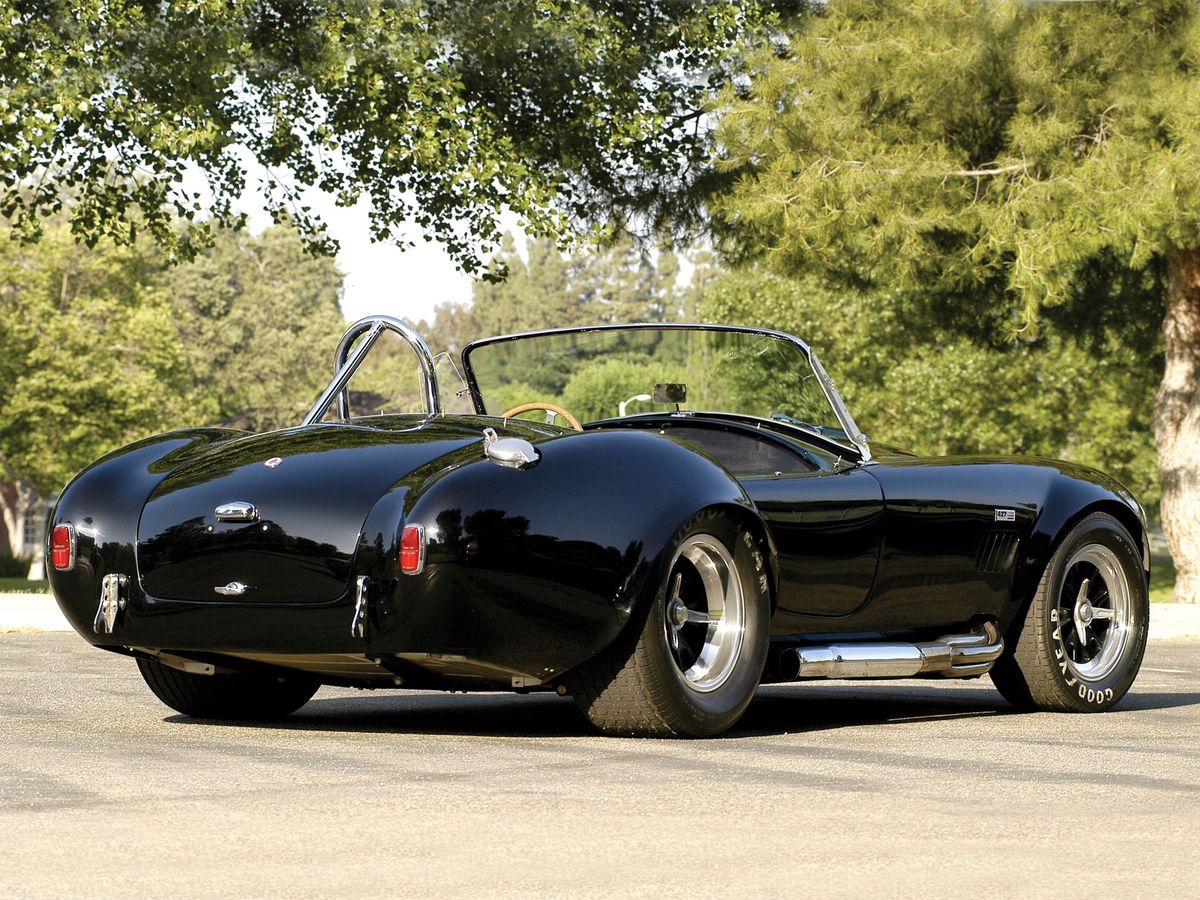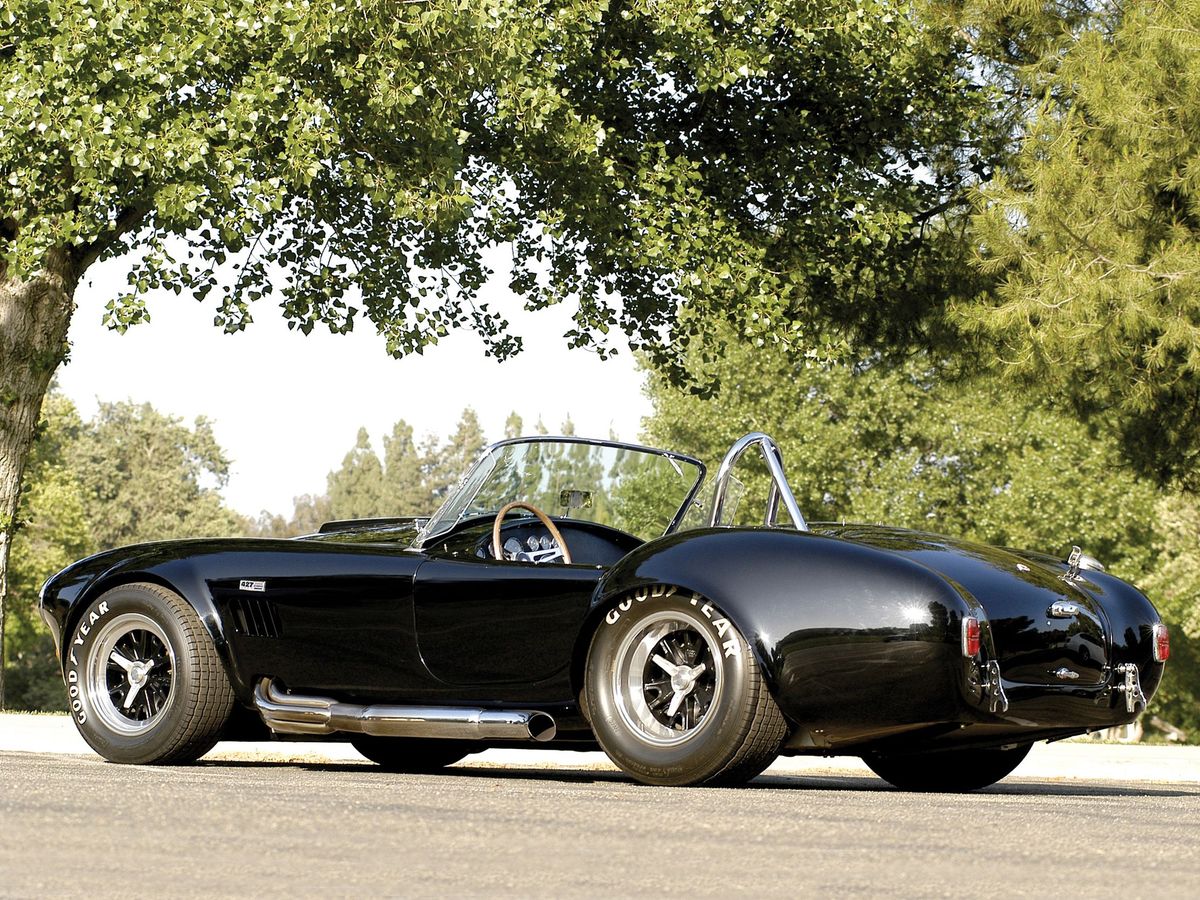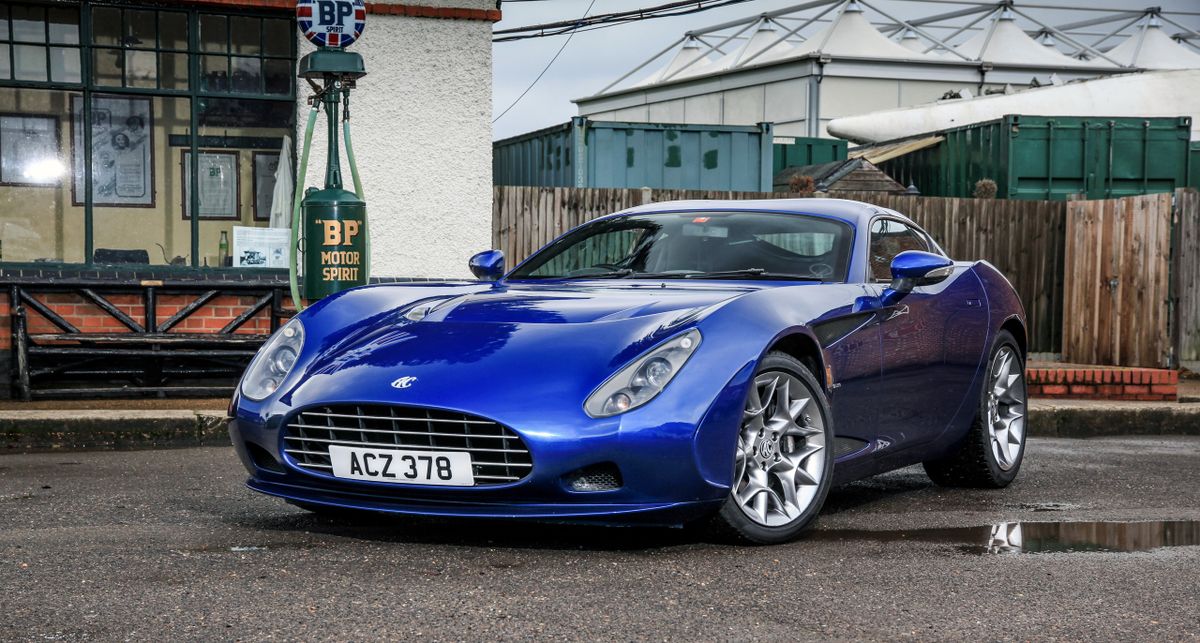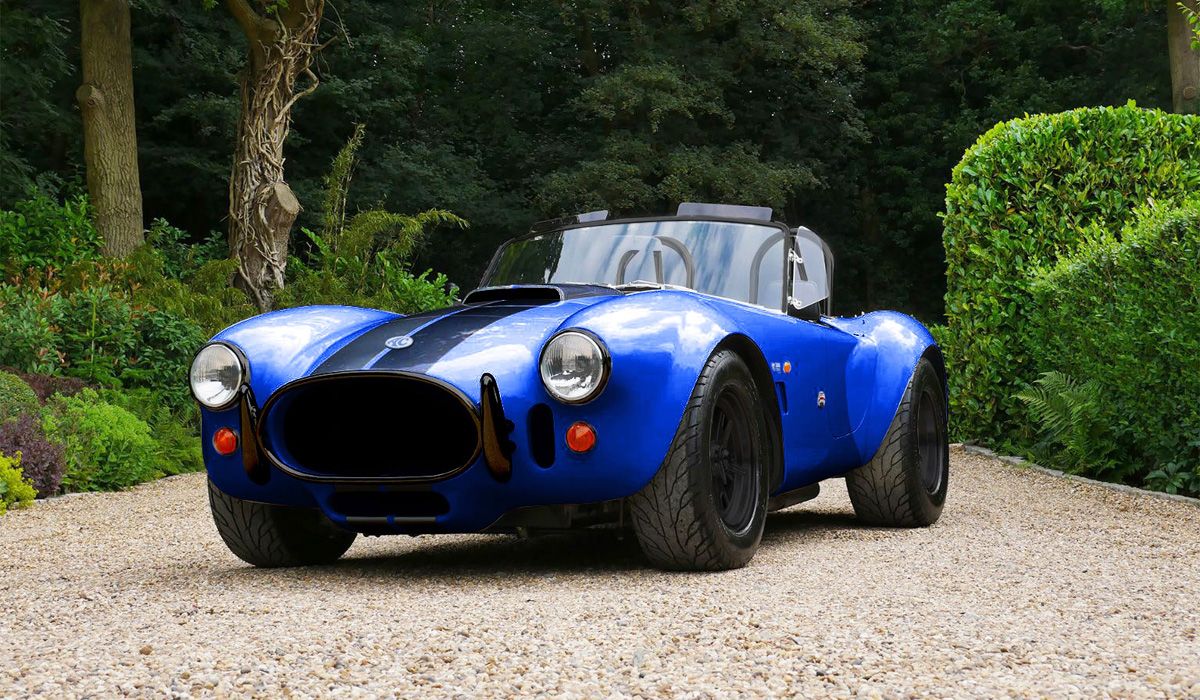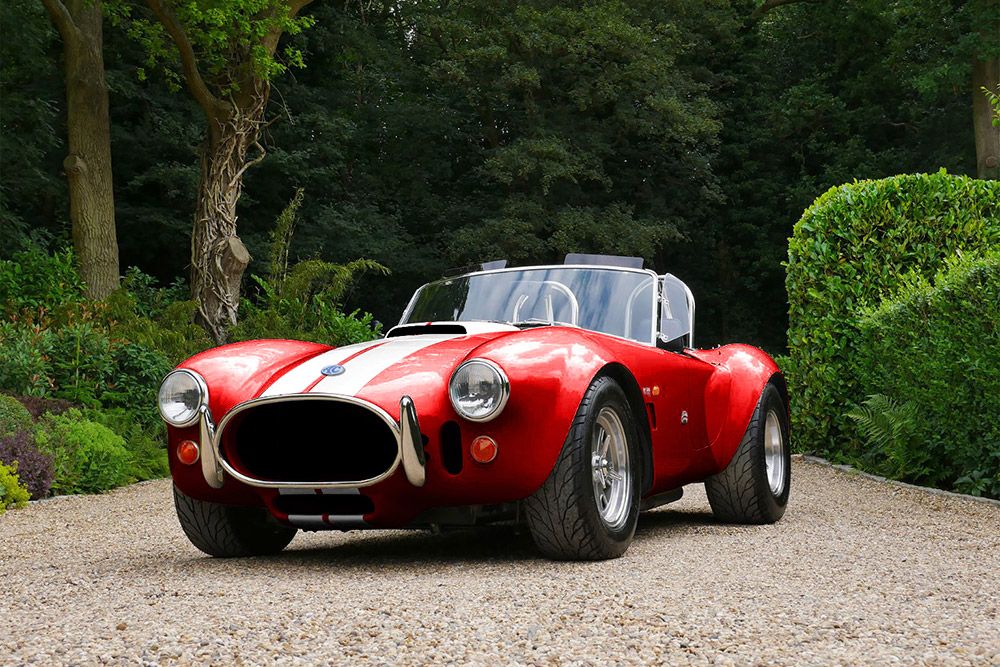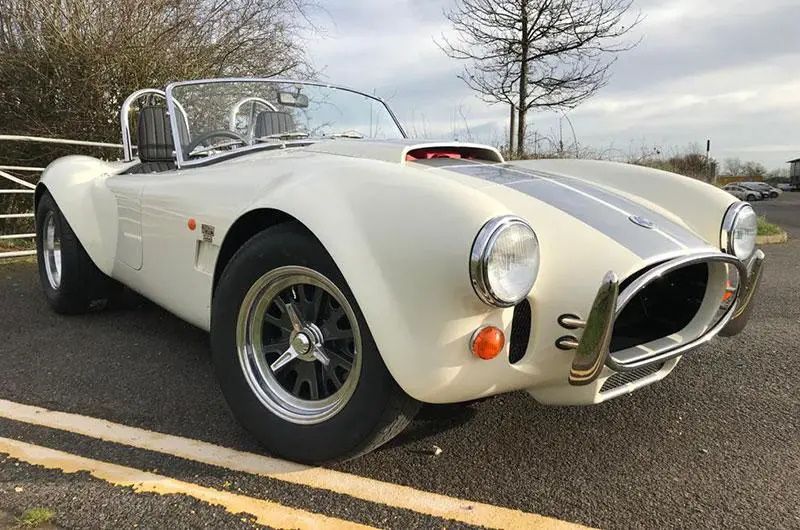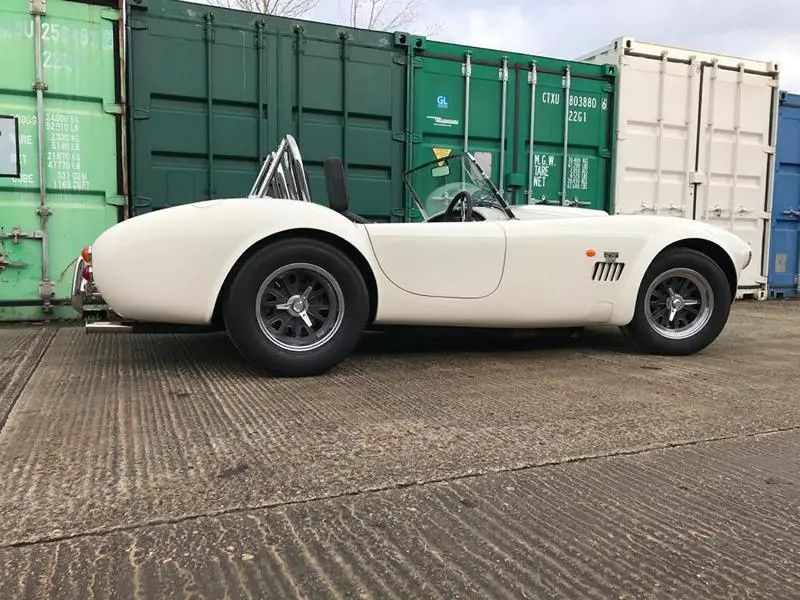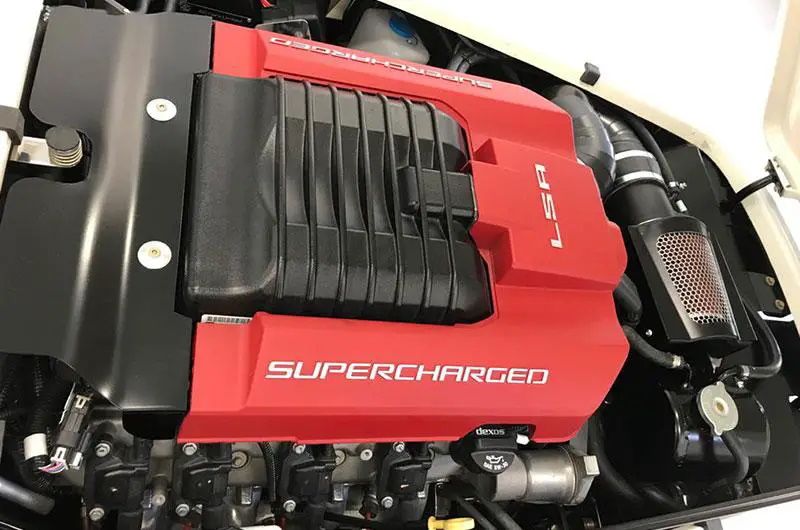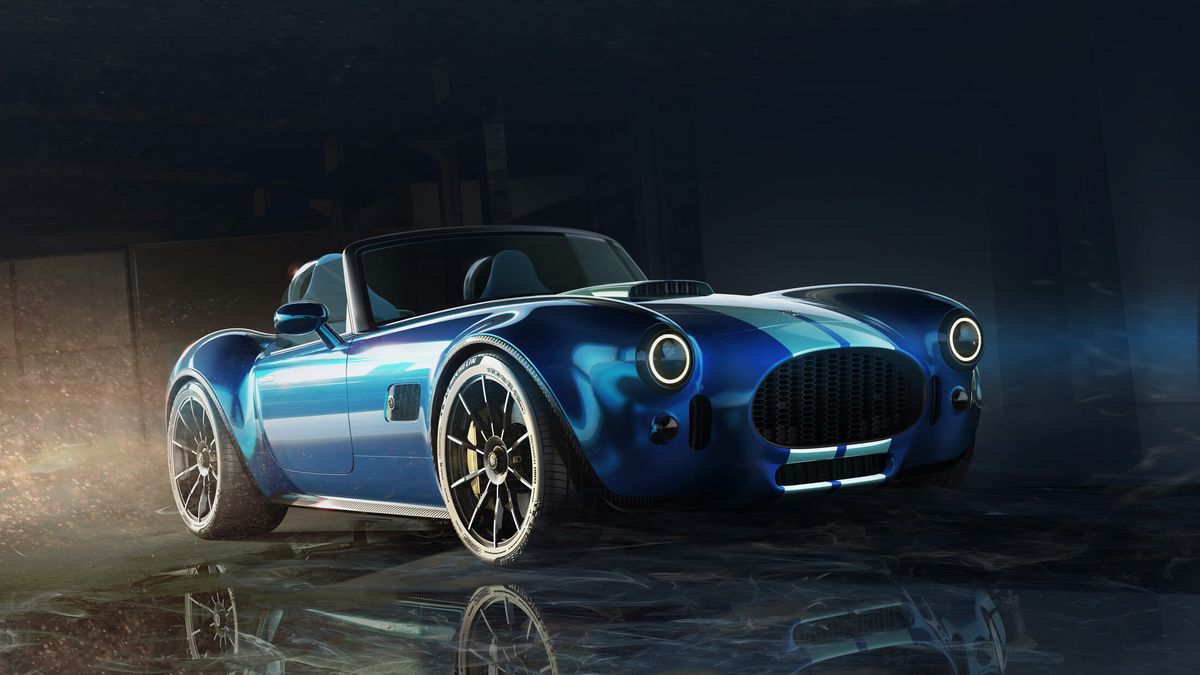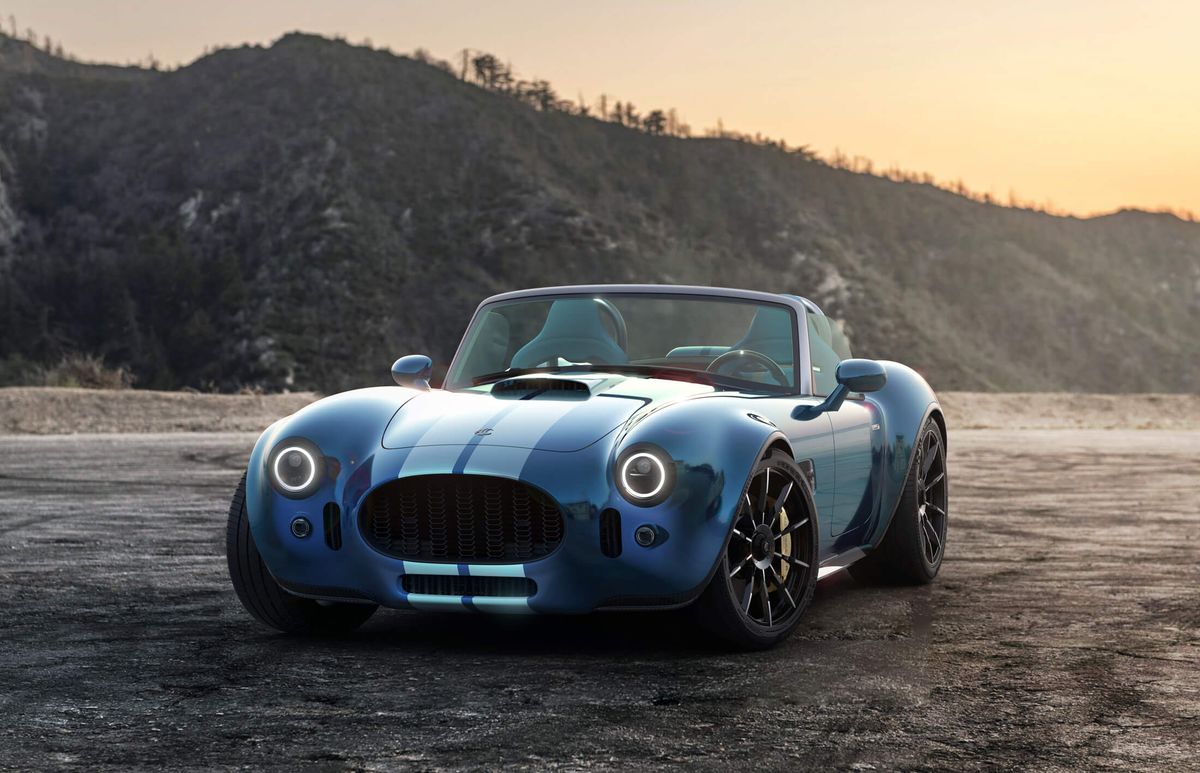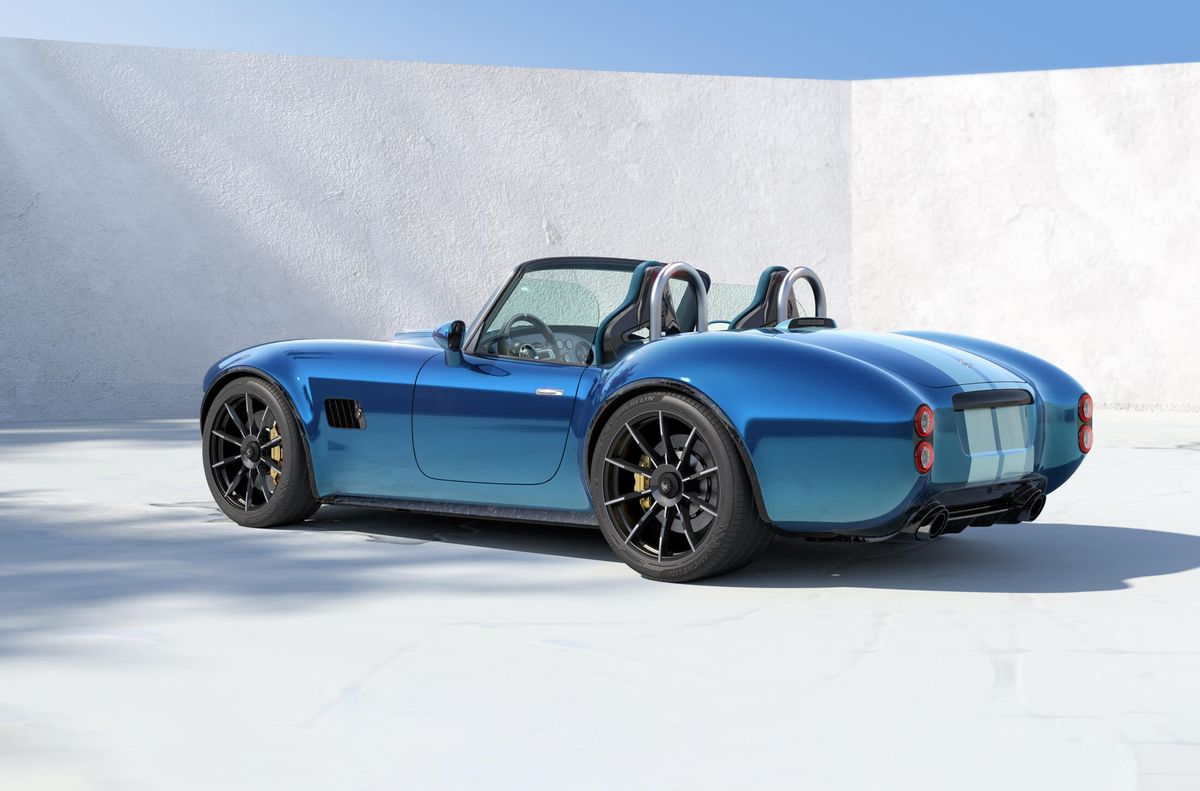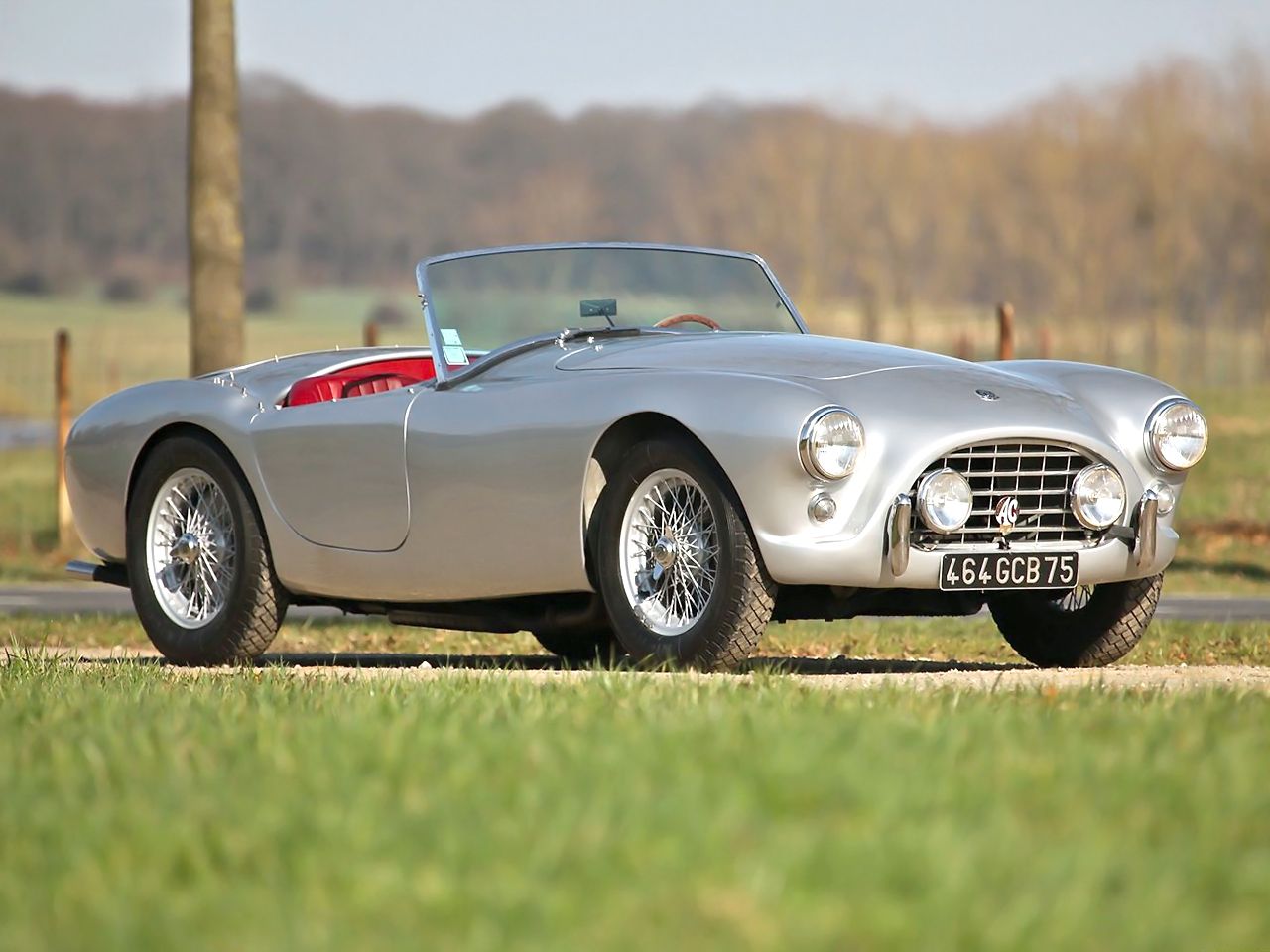
AC. The oldest British brand
The rich and glorious history of the British company AC Cars, which began in 1902, continues to this day. It has everything: glorious victories and legendary models. AC, the oldest British brand, originated in West Norwood, London. The Weller brothers, who acted as engineers, manufacturers and even repairers of their own cars and motorcycles stood at the origins of the brand. One of the brothers, John Weller, a talented engineer and prolific inventor, founded the company.
First steps
The business turned out to be successful. In 1902, Weller Bros. was chosen as the official repair center of the Automobile Club, and a local butcher, John Portwine, became a shareholder in Weller Bros. Additional funding made it possible to bring some of John Weller’s inventions to life. In 1903, the company presented its first car, the Weller Touring Car, with a capacity of 20 hp at the Motor Show held at Crystal Palace.
Private business represented by John Portwine offered to develop commercial vehicles for delivery, a compact tricycle. The project was named ‘Autocarrier’. In 1904, the company was renamed ‘Autocar and Accessories Ltd’. In November 1907, the AC abbreviation was used for the first time. The brand still uses a slightly redesigned logo with these two letters.
The success of the AutoCarrier delivery vehicle led to the creation of a similar passenger car: The Sociable with an extra seat instead of the cargo area. The vehicle was produced until 1915. In parallel with it, the first 4-wheeled AC Light Car with a 10-horsepower engine was assembled. However, the First World War had its effect: one of the bicycle regiments was equipped with armored 3-wheeled cars based on the AutoCarrier. In 1920, John Weller developed the new 1,477 cc 6-cylinder Light Six engine. cm with a capacity of 40 liters. s., later increasing it to 1991 cubic meters. cm and 105 l. With.
AC Cars Ltd

In 1921, racing driver Selwyn F. Edge purchased the company shares and was appointed managing director. Weller and Portwine retired. In 1922, AC Cars Ltd. was formed, and Edge launched the Weller Light Six engine. The unit was far ahead of its time and was produced until 1963! On December 1, 1922, at the Brooklands Circuit, the 4-cylinder A.C. Light Six became the first car of its class to break the 101.39 mph (about 163 km/h) mark. The speed of the fastest lap was almost 169 km/h. In addition, the car driven by Mr. Joyce managed to break four more speed records.
Thus began the era of sports success: in 1925, AC collected a whole collection of various prizes. And in 1926, the AC car, driven by Victor Bruce, won the Monte Carlo Rally (it was the first victory for a British crew) and the Mont de Mule mountain race. The following year, his wife, Mildred Bruce, came 6th out of 66 entrants in the AC Six rally. The brave racer covered 1,700 miles (2,736 km) without sleep.
First liquidation and war
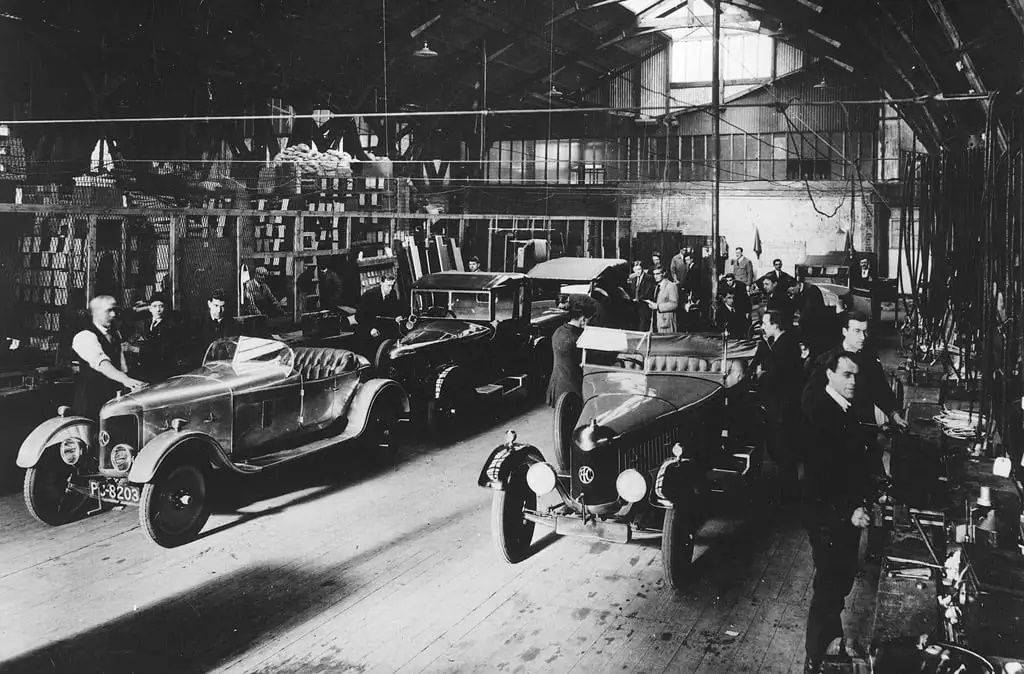
The international crisis led to the first (but not the last) AC liquidation in 1930. The company was acquired by car dealers, the Herlock brothers. They themselves did not plan to produce cars, but presented 5 models at the 1933 London Motor Show. And with the advent of World War II, the company had to change its profile to the production of weapons. After the war, AC produced golf carts and electric train cars.
АС Ace
In 1953, AC introduced the revolutionary Ace to the market, both in terms of styling and tubular chassis design. It quickly gained popularity among racing fans, as its owner could race on the track on weekends and drive it to work on weekdays. In 1954, the AC Aceca coupe version was presented at the London Motor Show. The Ace was successful in racing: in 1957, it came 10th at Le Mans, in 1958, it came 8th, and in 1959, it took 7th place in the overall standings and 1st place in the GT 2.0 liter class.
Age of Cobra
In 1961, Ford and racing driver Carroll Shelby developed a new lightweight V8 engine, which was installed on the 1957 AC Ace. This is how the legendary AC Cobra was born: on a British chassis with an American engine. Beginning June 20, 1963, AC produced about 1,000 vehicles, shipping them to the United States, where the engines were installed.
In 1964, the Cobra entered the Guinness World Records as the fastest production car in the world
The Cobra was an instant success. In 1964, it entered the Guinness World Records as the fastest production car in the world. The British-American collaboration ended in 1968, but AC Cars produced and restored the original Cobra for many years.
AC today
In 2012, AC developed the AC 378 GT Zagato with a 6.2-liter gasoline engine with 437 hp. The car received a traditional layout (front engine and rear-wheel drive), and the body was created by Zagato, the famous Italian automotive design studio and body maker.
In 2018, the company introduced the first mass-produced electric roadster, the AC Cobra Electric, with an electric motor producing 313 hp and 500 Nm. Acceleration to 100 km/h occurred in 6.7 seconds, and a battery with a capacity of 54 kWh provided up a driving range of up to 240 km.
In 2021, AC Cars celebrated its 120th anniversary with the release of 12 special editions of the AC Cobra Superblower. The fastest production Cobra ever built is equipped with a supercharged V8 engine with a capacity of 580 hp.
In 2023, the manufacturer presented the new Cobra GT, created in collaboration with Icona Italian designers and Cecomp engineers. As a result, the British chose the good old V8 over electricity. The roadster has turned out to be slightly larger than the original Cobra of the 60s. The car features Ford’s 5-liter Coyote series V8 engine with 663 hp and 780 Nm. The engine can be paired with a 6-speed manual gearbox or a 10-speed automatic gearbox. The new Cobra accelerates from 0 to 100 km/h in about 3.4 seconds, with a top speed of 278 km/h.


